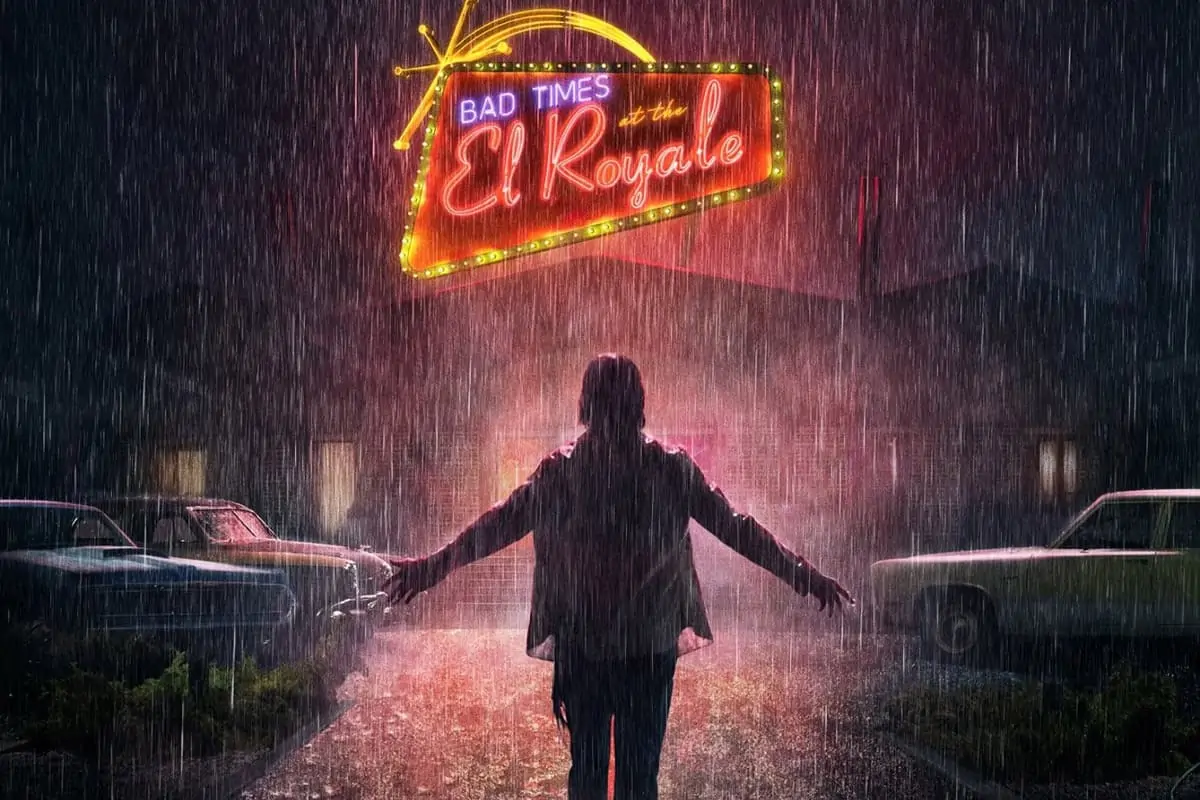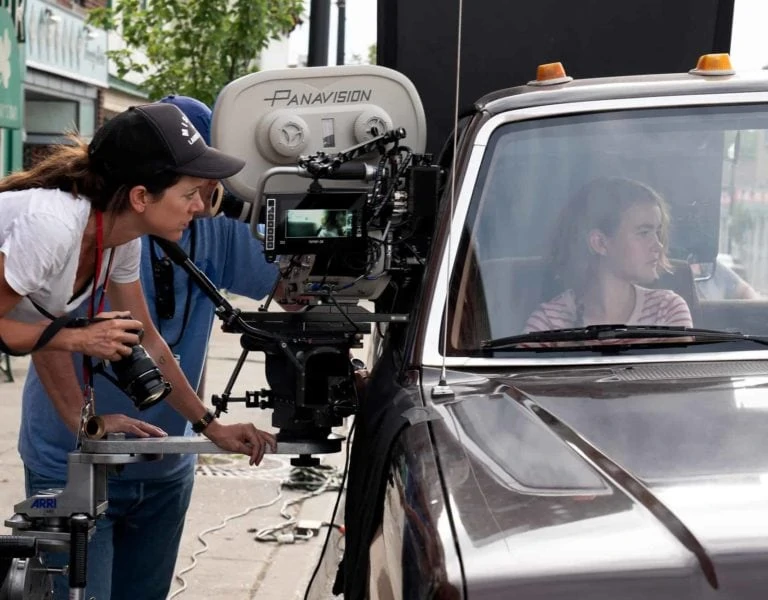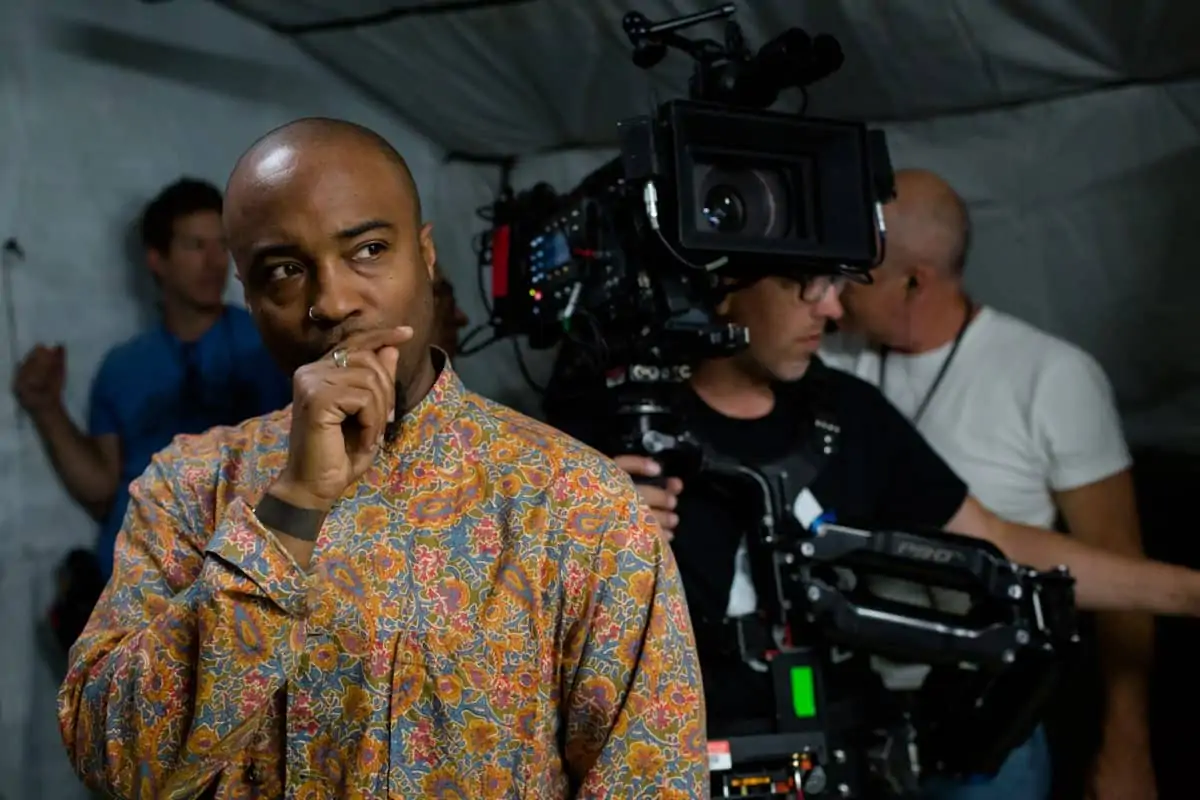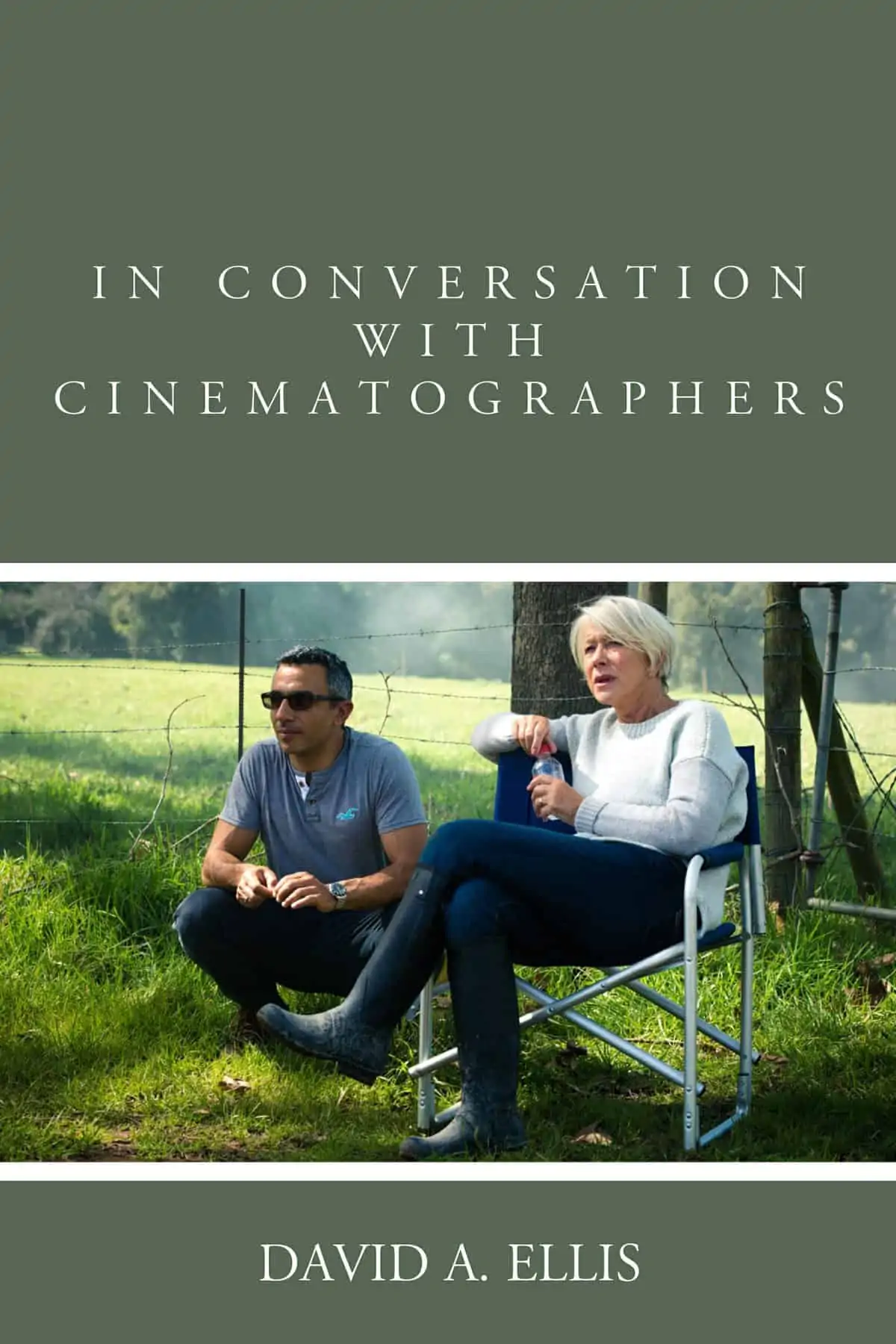The Jane Goodall of Cinematography
Across The Pond / Mark London Williams
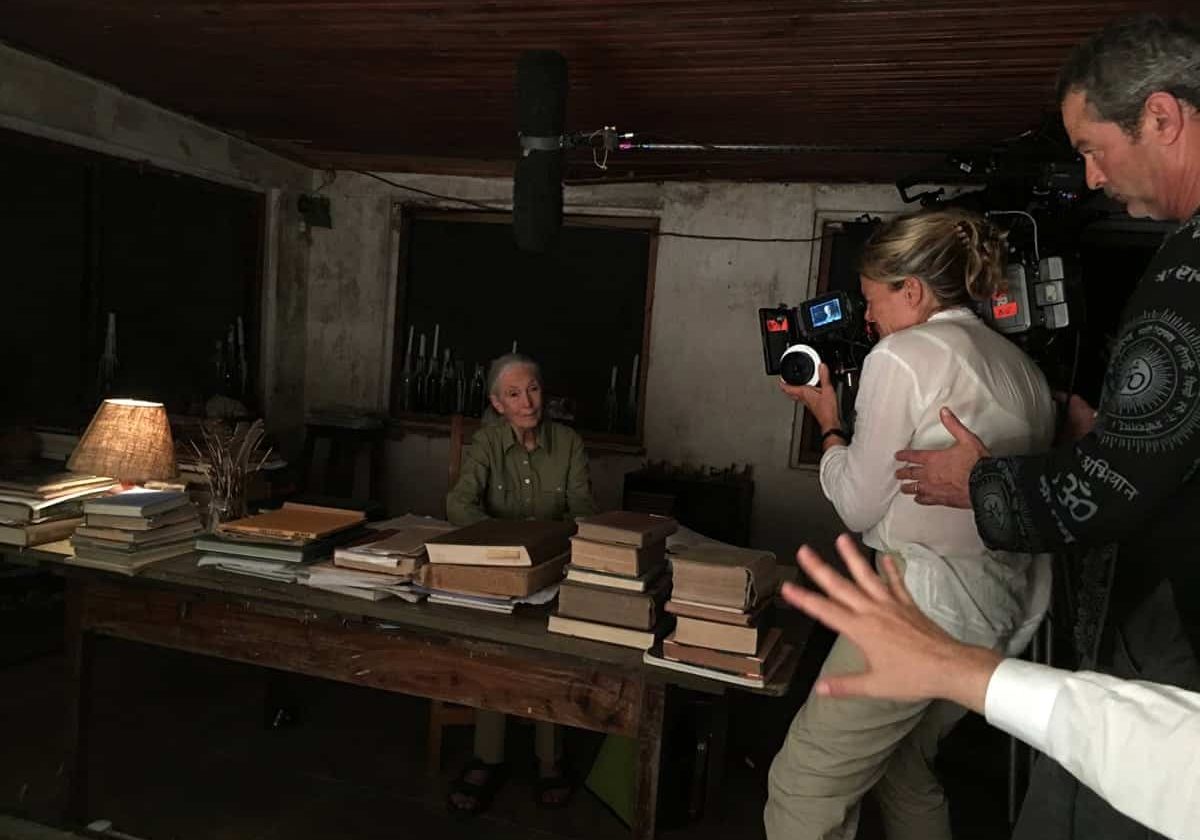
The Jane Goodall of Cinematography
Across The Pond / Mark London Williams
LEAD IMAGE: Ellen Kuras, captures Jane, National Geographic’s documentary on Jane Goodall, in Tanzania. Credit: National Geographic
L.A. has always been a town filled with self-congratulations - though D.C. gives it a serious run for its money - and some of those rituals, like the Emmy and Oscar telecasts, have not only generated revenue, but occasionally even spread the word about shows or films that could otherwise be missed.
Yet as shows, both award rituals are faced with plunging ratings, and one of the solutions grabbed at by Oscar has already been tried on the Emmy side - though seemingly to little avail.
That would be the shunting of all those “below the line categories” - like the ones we write about here - away from the main broadcast, to presumably make it “livelier.” Admittedly, as someone who’s worked a lot of Oscar press rooms, only to find myself one of two or three people even asking the winning sound mixers a question, those categories seemed like they were already treated like commercial breaks by viewers at home. Heck, they were being treated that way by much of the showbiz press!
And so, in Oscar’s now-pilloried announcement about adding a “popular film” category to the proceedings, was the news that they also plan to hand out most craft awards during the actual commercial breaks, then showing them as highlights toward the end of the broadcast. This, then, may be how next year’s “Best Cinematography” Oscar is announced to the world.
The Emmys have been doing their own version of this for years - where the “Creative Arts Emmys” are held the weekend before the main Emmy broadcast, in the same venue. Those categories now comprise two full nights - one focusing on “craft” categories for scripted programs, and animation, the other on live programs and documentaries.
One Academy insider even suggested - per a recent Vanity Fair piece - that the Oscars stop worrying about “ratings” and selling commercials altogether, and opt for a streaming presentation (via Netflix, Amazon, or one of those entities who are currently co-opting most of the Emmys), to better cater to those who are interested in the artform.
If this included some of the conversations held backstage, this might not be a bad idea: Often the directors, DPs, VFX supes, etc. can hold forth in ways both interesting and profound, to degrees they are not allowed to when the next commercial break is barrelling down on them.
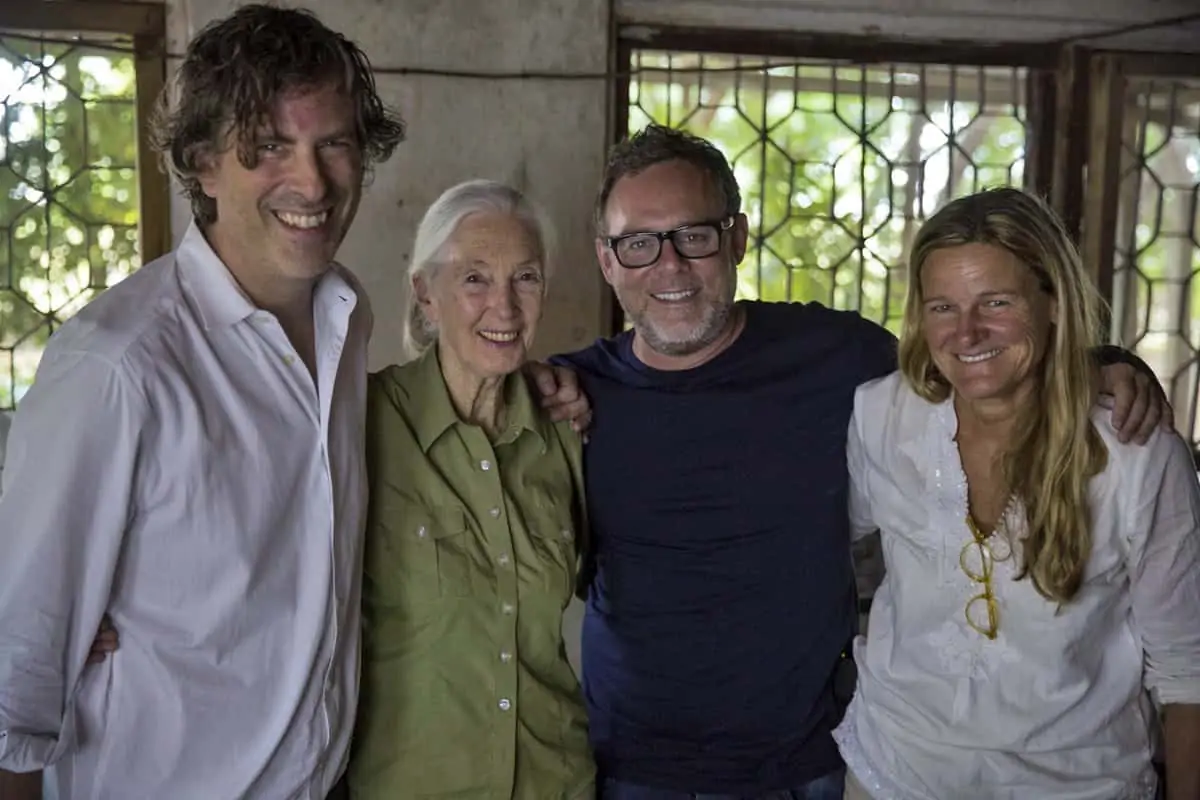
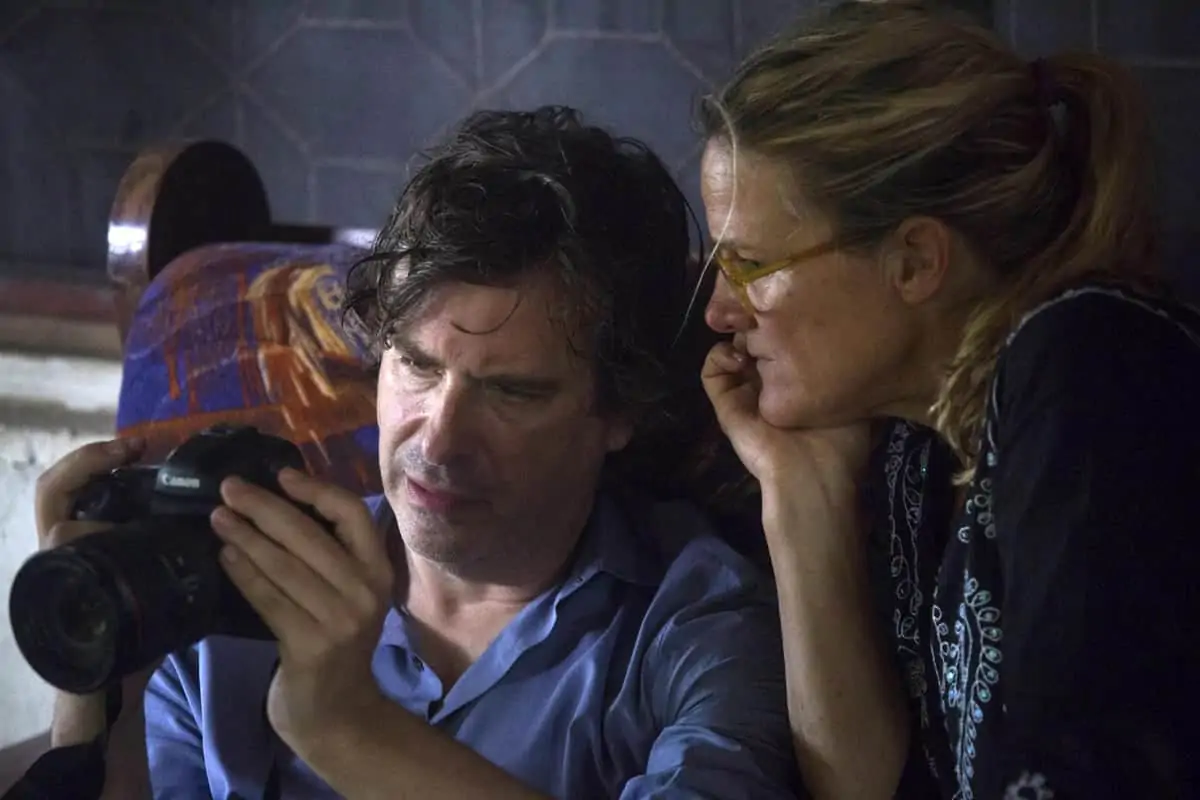
Such was the case when we caught up with Ellen Kuras during the second night’s Creative Arts Emmys, after she’d won for Outstanding Cinematography for Nonfiction Programming for Jane, National Geographic’s documentary on Jane Goodall.
Like her subject, Kuras was a pioneer - one of the first female DPs in a field where there are still too few. Noted for her work on films like Eternal Sunshine of the Spotless Mind, she’s also filmed docs - like the No Direction Home: Bob Dylan segment of PBS’ American Masters.
And Kuras has parlayed that into more recent stints in the director’s chair, for series like Ozark, and upcoming segments of Catch-22 and The Umbrella Academy. Indeed, Jane’s Emmy-winning director, Brett Morgen, called Kuras “the single greatest filmmaker I’ve ever collaborated with, and I don’t say that lightly. Ellen is the Jane Goodall of cinematography.”
Morgen wasn’t her only collaborator, either. She actually shared the award with Goodall’s late husband, Hugo Van Lawick, whose original footage of the renowned primatology scientist was also incorporated.
And that probably doesn’t refer to simply sussing primitive pack behavior among Hollywood males, either. Duras herself, when we talked to her backstage, said “there were only a handful of women in the field,” when she was starting out. “There were very very few opportunities,” which found analogous to the “cultural bias against women in science” that Goodall was up against.
As for her fluency in moving between not only the director’s chair, but between docs and narrative forms as a cinematographer, Kuras thought that increasingly DPs on either side were “dipping into the same tool box” now - particularly now that “LEDs have changed the whole game,” in terms of lighting set-ups.
In fact she finds herself “using tricks in my non-fiction work” from the storytelling side, and presumably, vice-versa. But then again, it’s still telling a story - whether it happened “in fact,” or otherwise.
"[Ellen Kuras] is the single greatest filmmaker I’ve ever collaborated with, and I don’t say that lightly. Ellen is the Jane Goodall of cinematography."
- Brett Morgen, Director of National Geographic's Jane
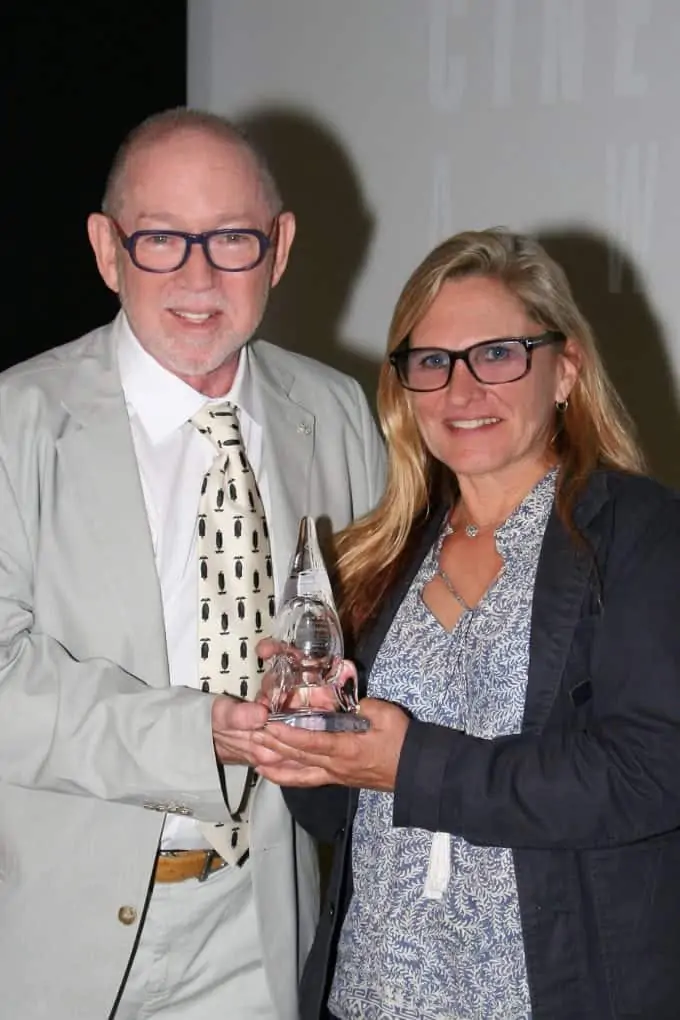
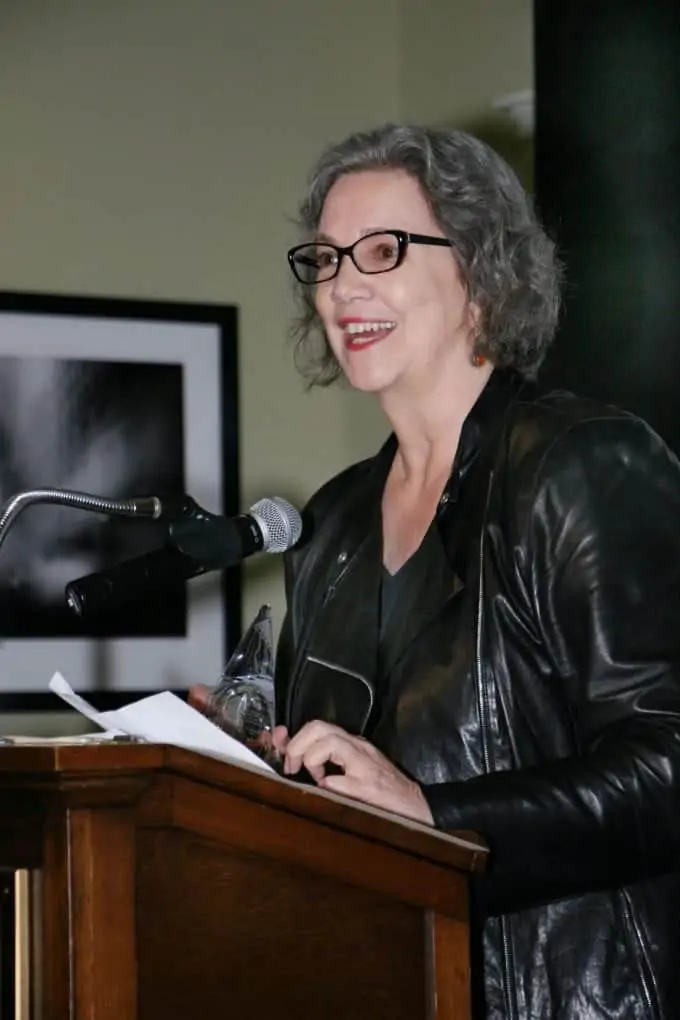
And then, a short couple of weeks later, we eased from the Emmys to the rest of award season in the most pleasant of ways, with the International Cinematographers Guild’s annual 2018 Emerging Cinematographers Awards.
Their events bracketed September’s final weekend with a lunch on Friday, where press could meet not only the Emerging DPs themselves, but other honorees, like Rachel Morrison, receiving the Canon Award for Achievement in Cinematography, ICG Local 600’s own Amelia Vincent, receiving the ASC Mentorship Award, and colleague Anne Thompson, IndieWire’s Editor-at-Large, getting Technicolor’s “William A. Fraker” Award for journalistic contributions in cinematography.
Morrison couldn’t be there, owing to a new baby and a location scout, but both baby and household cat were with her during the iPhone’d greetings she sent. But she was ably represented in person by Canon’s own Manager of Professional Video Products, Tim Smith.
Smith recounted that last year, when Morrison, was trailblazing her way into “first female cinematographer” nominations - all those decades after Kuras and other pioneers arrived on the scene - she said she “‘just wanted to be known as a cinematographer.’ Today’s a rough day to have to say that,” Smith added, since we were all there the day after the U.S. Senate’s infamous judicial hearing.
As for Vincent, Stephen Lighthill - filling in for ASC President Kees van Oostrum - called her a “mentor’s mentor,” which genuinely touched her, as did the later moment when van Oostrum, similarly sending video greetings, was bumped out of his chair by his daughter Sara, so she could “fill the frame,” to enthusiastically say that Vincent had shown her anything was possible, too, when she was an 11 year-old girl labeling film cases.
Thompson, meanwhile, recounted actually meeting Fraker during her journalistic peregrinations. He told her that even with all the hustle and bustle of a film set - the crates, trucks, cables, and busy people - what finally took place in front of the camera itself happened in a “quiet, sacred circle.”
But like concentric circles in a stone-tossed pond, there are always ripples outside those quiet places, and ICG 600 President Steven Poster - noting the event was in its 22nd year, and saying he was thrilled that 600 was “continuing our relationship with the ASC” - also made note of some of the month’s other seismic news, when introducing the event’s various corporate sponsors. When it came to Panavision, he paused to note their merger with SIM and Saban Capital. “We don’t know what they’ll be called,” when the new corporate identity is fully formed.
But whatever they’re called, their reach is of course expanded, with Panavision securing its beachhead in Toronto, via SIM, and SIM expanding across Hollywood, as it occupies both a historical former Kodak facility, and is melded into Panavision’s existing facility just a few short blocks from where the Oscars are held.
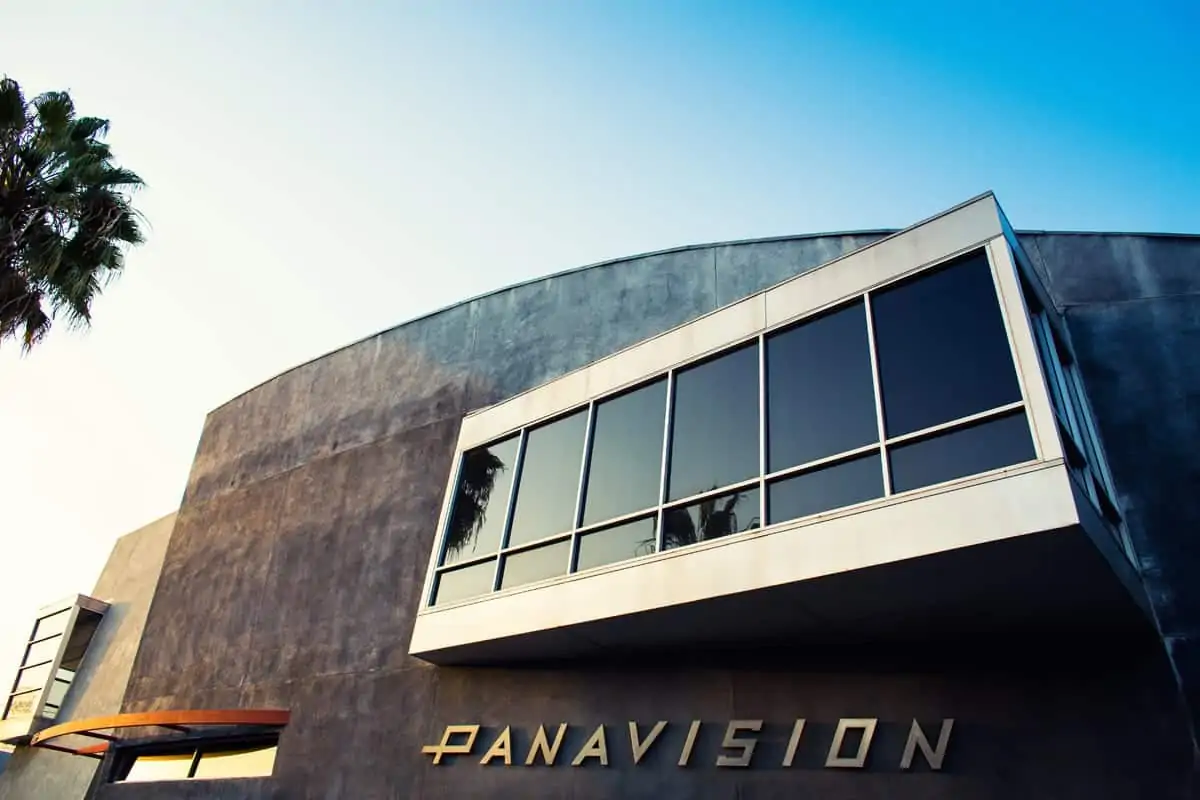
Just a day or two before the merger news broke, we’d been having both an insightful chat, and convivial tour of that facility with VP and General Manager Dan Hammond. The building, though newer, is imbued with its own sense of history - unsurprisingly often cinematographic triumphs, as posters for French Connection and Blade Runner greet you, or as Hammond holds forth on PV founder Robert Gottschalk saying “we want to do this shot,” referencing Omar Sharif’s iconic entrance, from long, long, long shot to close-up in Lawrence of Arabia.
Their presence, away from what Hammond calls “the mothership“ in Woodland Hills (where that storied glass, now called “the David Leans lens” - all 482 mm of it - now resides on display) grew out of a need for a location in Hollywood proper.” He notes the Hollywood branch has a more “boutique type feel,” where DPs can come in to prep films - Steve Yedlin prepped The Last Jedi there, recently - and students from the many nearby film schools can find “an extension for their education,” including things no longer taught, like “learning to load film magazines.”
And of course, those on the continuum between film school and behind-the-lens stardom can find resources, advice and community there too. Hammond recalls that Rachel Morrison was a frequent visitor, in those years before both motherhood and consistent Oscar buzz found her.
Once the merger news emerged some 48 hours after our visit, one unnamed Panavision spokes-folk told us that “both Panavision and Sim will be working together to develop integration plans over the next several months,” but until then it remains “business as usual” for the constituent companies.
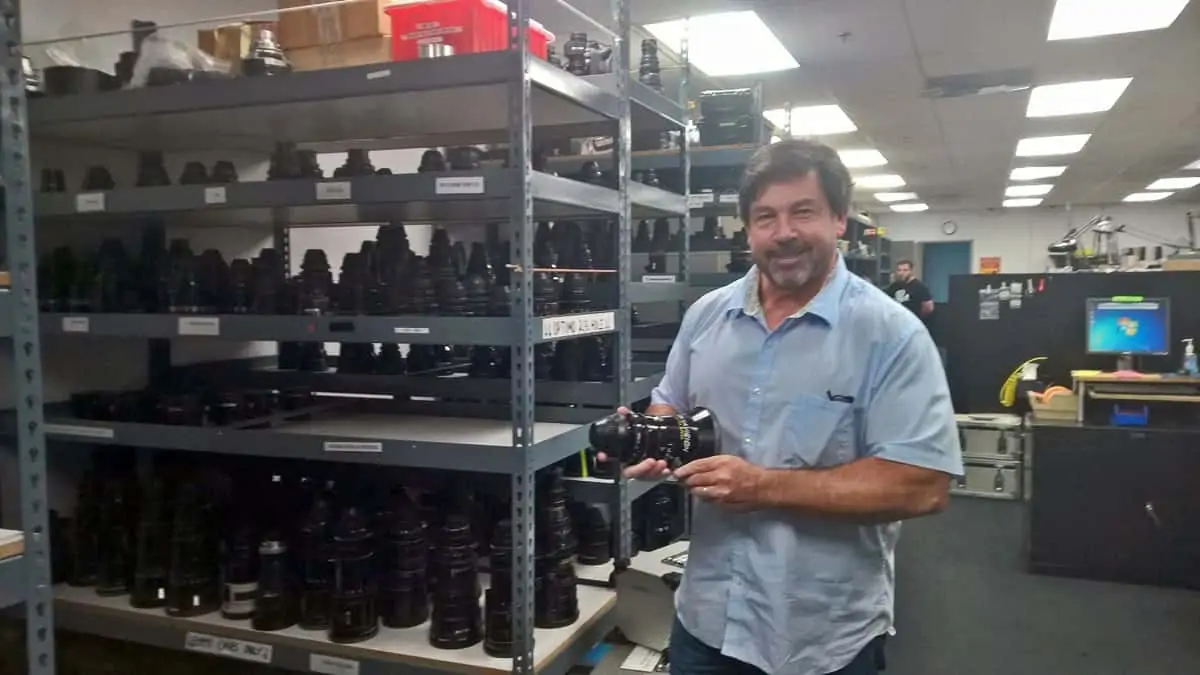
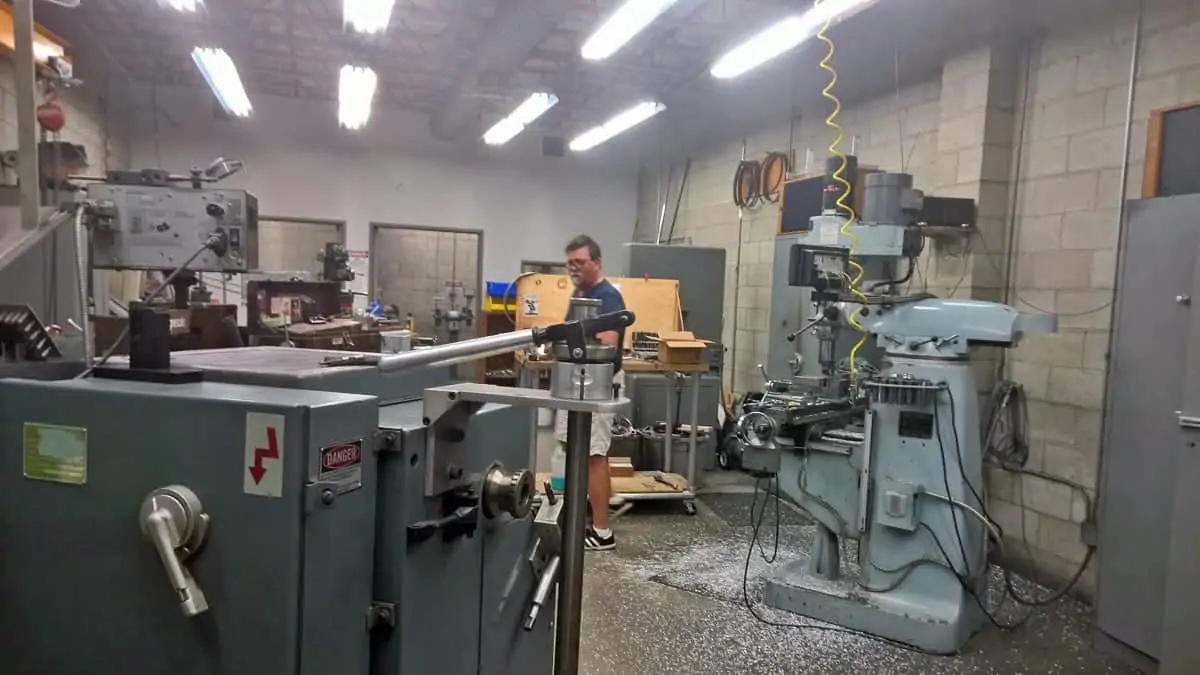
As for the answer to Mr. Poster’s question about the new entity’s ultimate ID, “the proposed transaction is expected to close early next year, and once it is complete and the businesses are merged, we’ll be in a position to share more details on what we think will be a smooth and thoughtful transition. With access to new sources of capital and public currency, Panavision will be better able to serve the broader television and motion picture industry globally on an end-to-end basis.”
Meanwhile, Poster returned to host the screening of the winning shorts the following Sunday night at the Directors’ Guild, after many of the camera operators - they couldn’t yet technically call themselves “Directors of Photography” - spent a weekend immersed in career coaching, meetings with agents, etc.
As they all continue to “emerge” into shooting the movies and TV shows of tomorrow, they may win further accolades - even Rachel Morrison showed up, baby in arms - but it’s dubious now any of them will get to experience accepting an award for their work live on TV. But that, of course, is not the reason to do it.
As they will be happy to tell you backstage.








